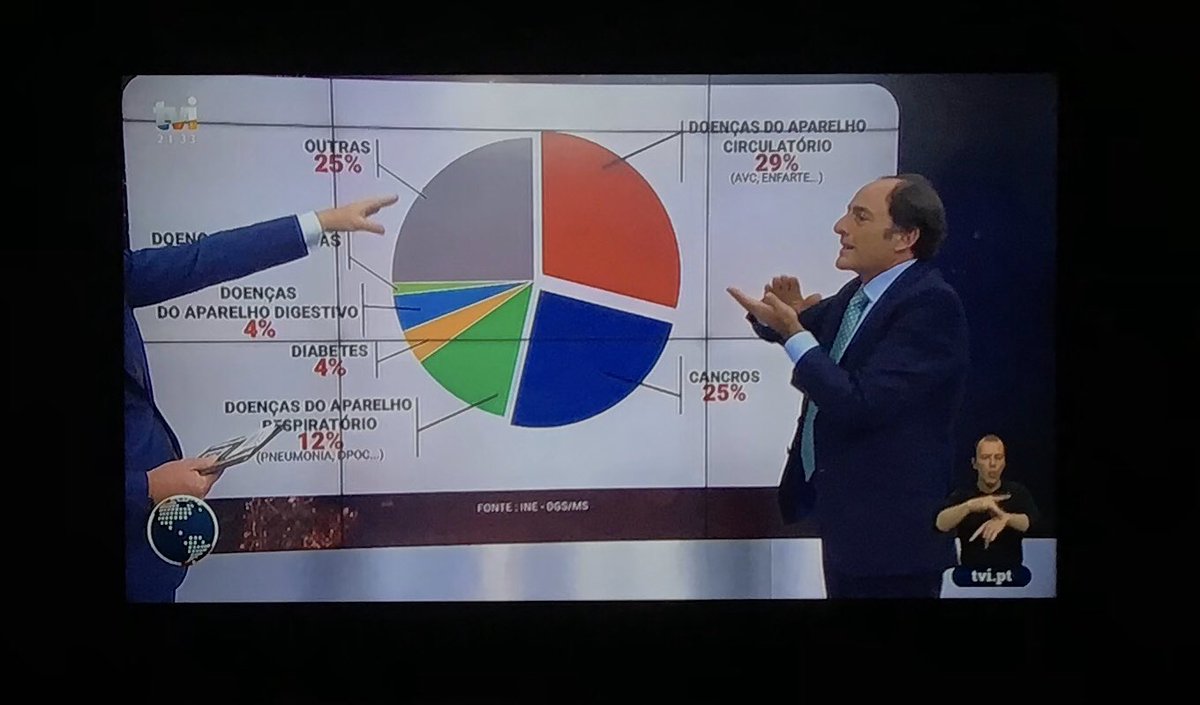"RULE #8: NEVER BE IN THE COMMODITY BUSINESS, EVEN IF YOU SELL WHAT OTHER PEOPLE CONSIDER A COMMODITY.Nem de propósito:
...
A commodity is an undifferentiated product that is easily copied and replicated by others. Commodities are widgets. Generic soap is a commodity; so is the dry cleaner on your way to work and the barber down the block. Commodity businesses are price takers, meaning they get paid whatever the market price happens to be. The only way for them to be truly successful is with volume and an ability to produce more cheaply than anybody else. That’s why commodity businesses tend to be dominated by huge, global corporations that use automation and outsourcing to cut their costs to the bone.
.
Passion businesses never sell commodities. By definition, a passion business differentiates itself from others so that it can charge a unique price that represents its unique value.
...
Commodification is like gravity, always pulling at everyone, always trying to get each product and service and worker to fall to a common level."
O Pingo Doce tem um anúncio de TV a garantir que apoia a produção nacional com borrego a 3,99.— João M Fernandes (@jmmfernandes) April 10, 2020
Todos gostamos de promoções, mas - e este é um tema pré-Covid a que esta crise podia pôr termo - só é possível haver borrego a 3,99 com a miséria dos produtores e/ou produção aditivada pic.twitter.com/3M8XHRzE5A
Cuidado com a pedofilia empresarial. O negócio do preço não é para quem quer, é para quem pode. https://t.co/hXdCFTocMs— Carlos P da Cruz (@ccz1) April 12, 2020
Recordar: Pregarás o Evangelho do Valor e sobretuso Privilegiar os inputs sobre os outputs (parte IX) a propósito dos adjectivos em vez dos substantivos.























